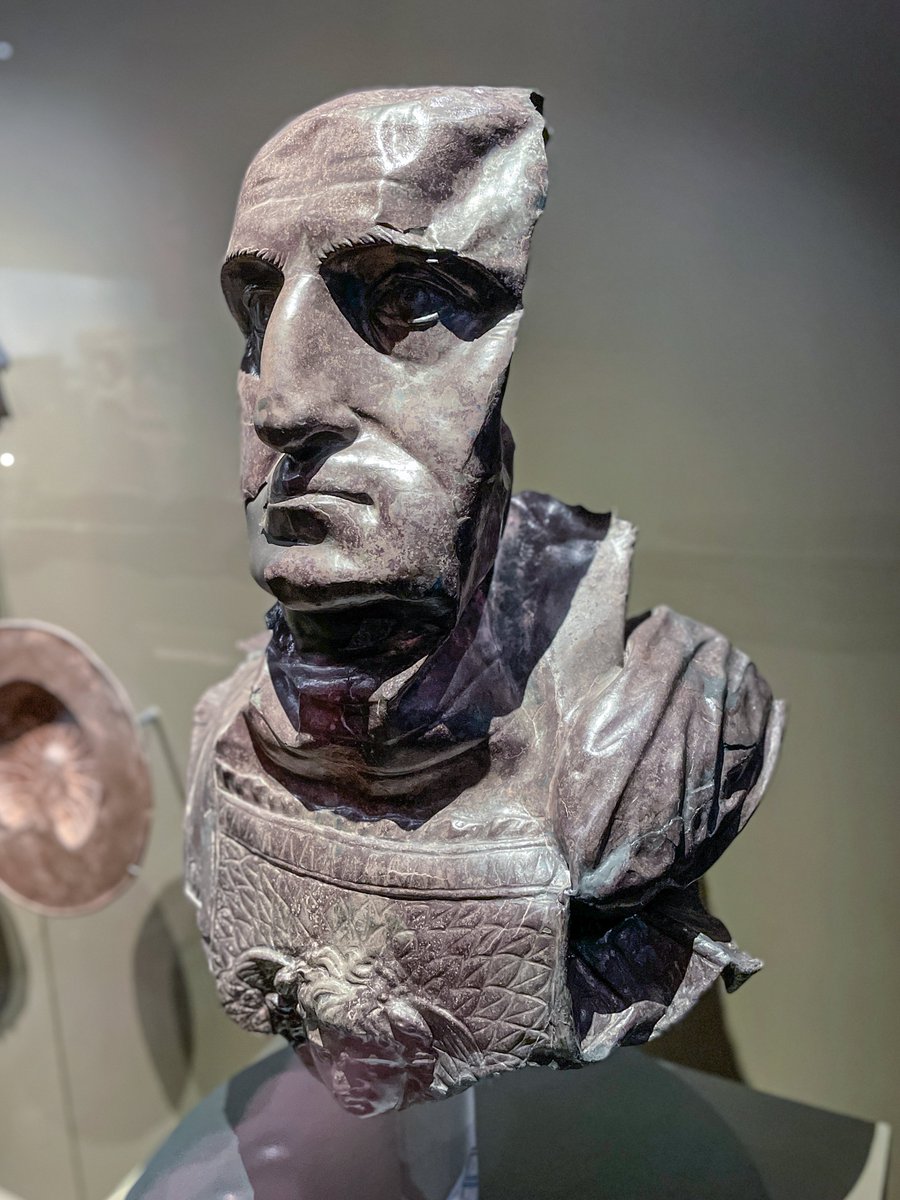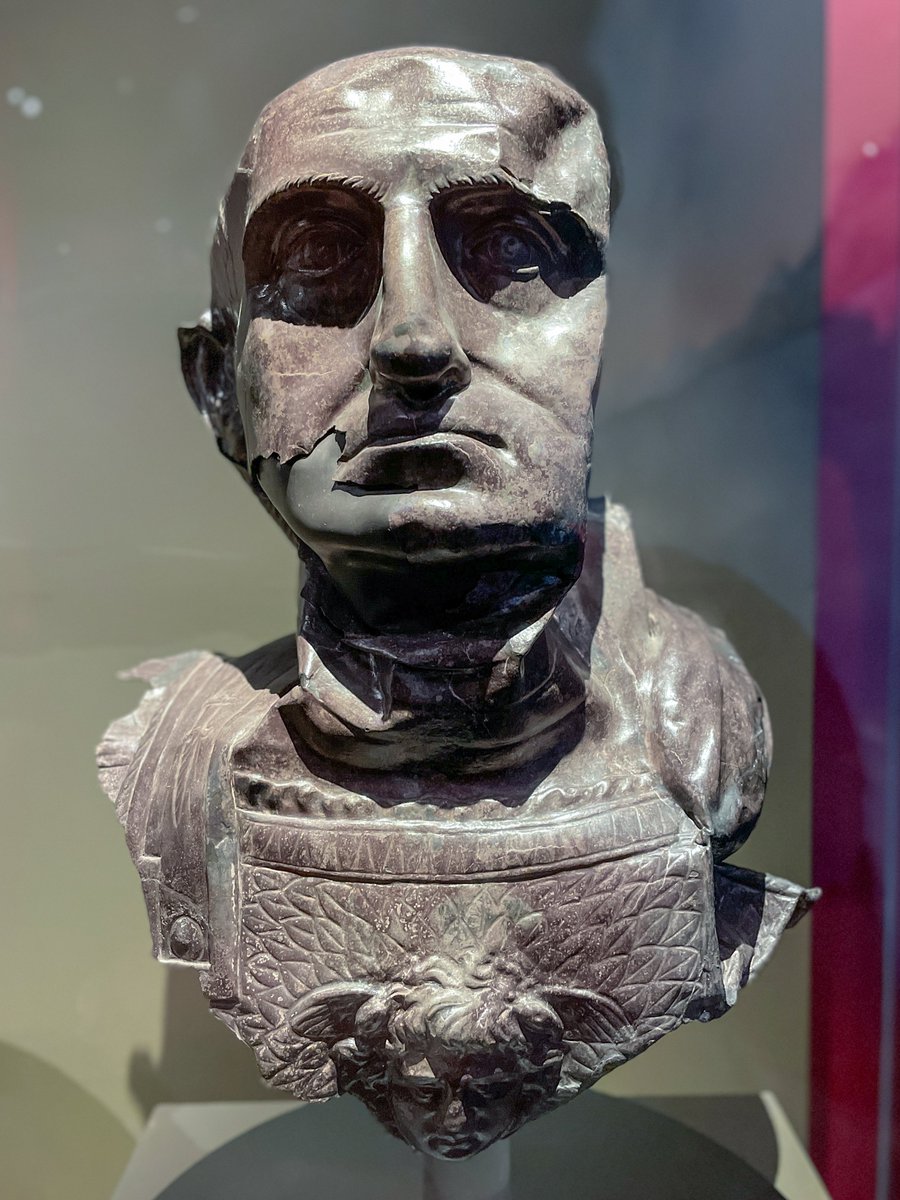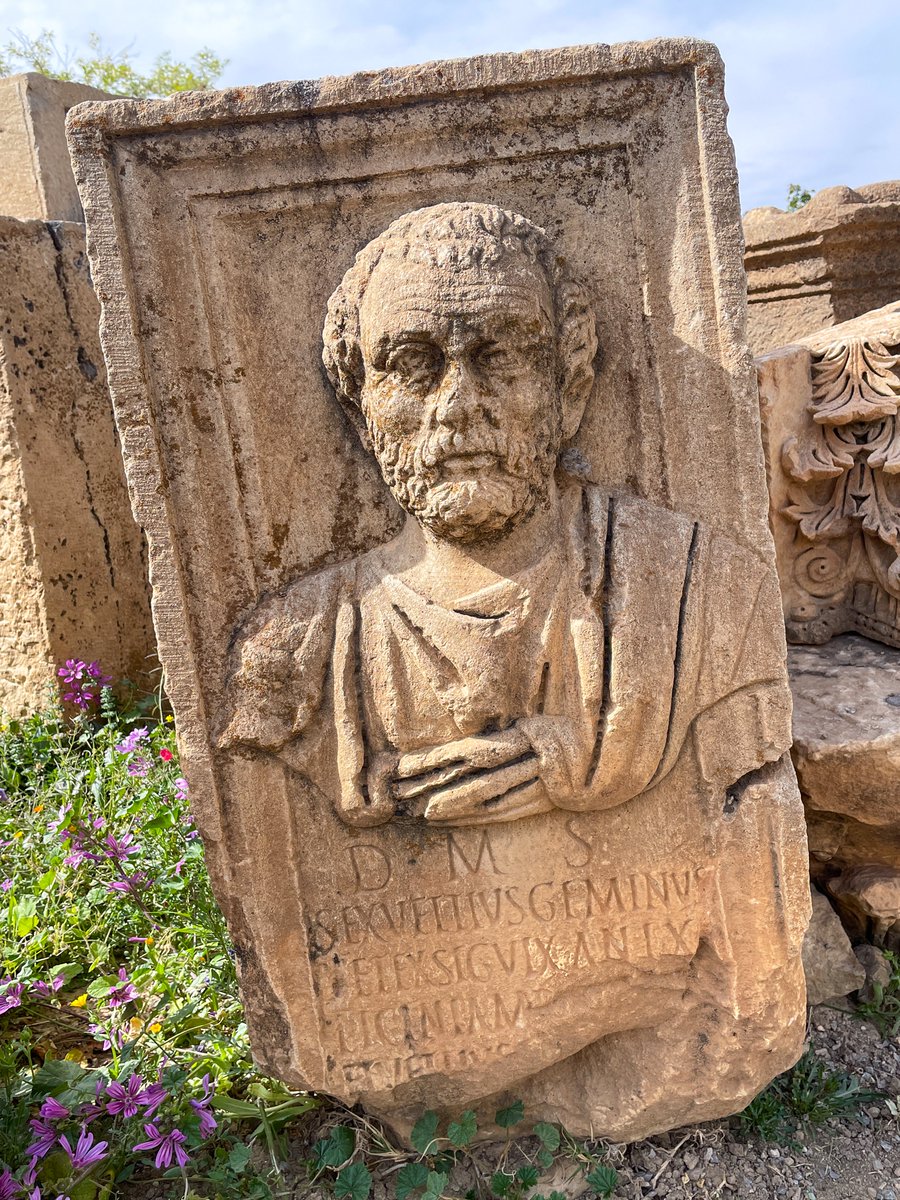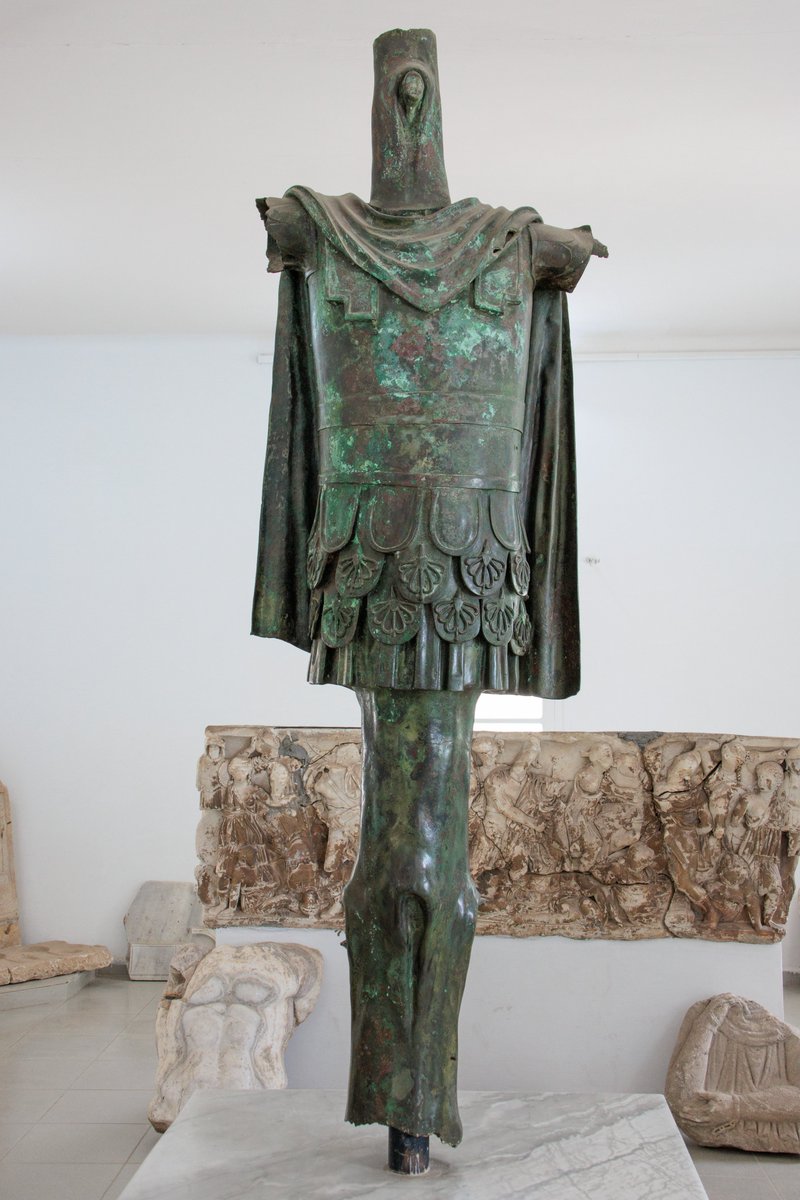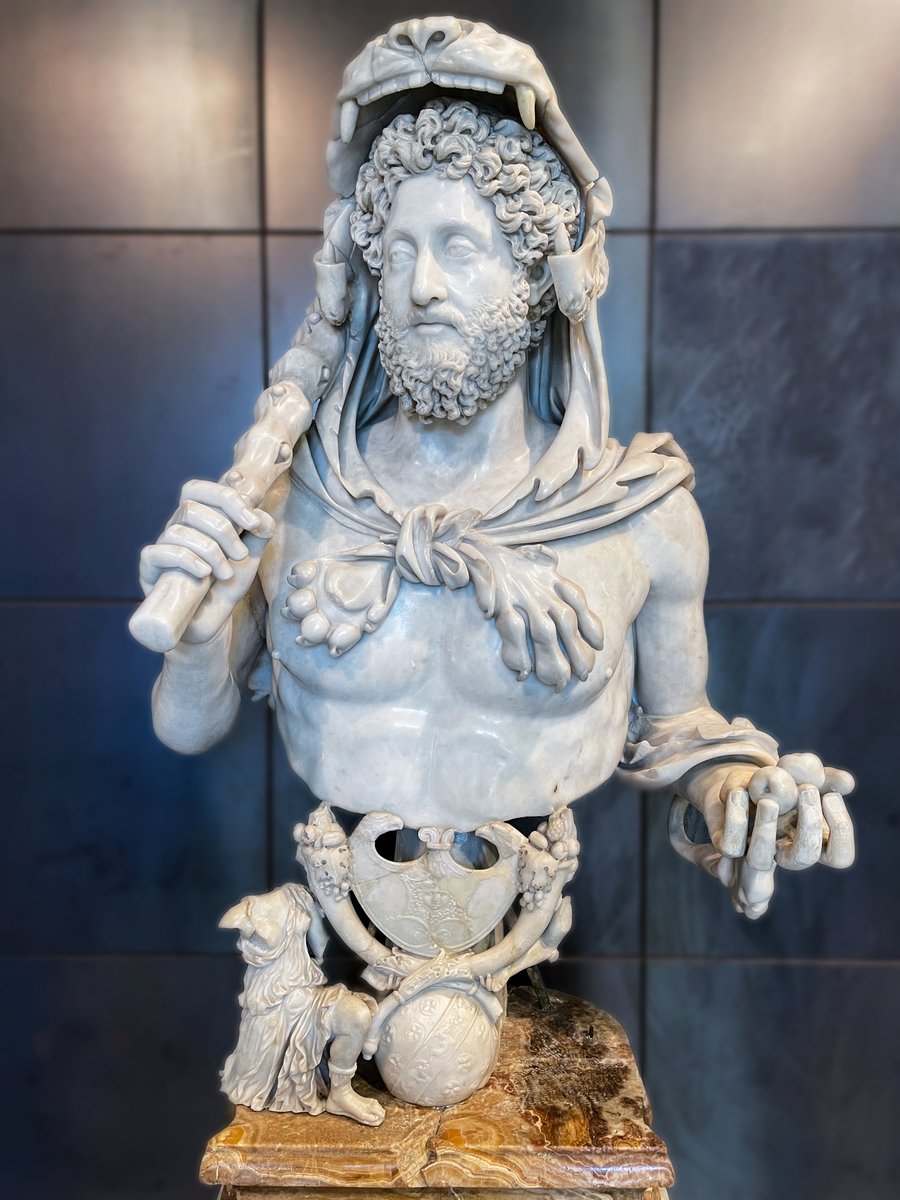1/12) On 13 December 115 AD the city of Antioch (near modern Antakya, Turkey) was struck by a huge earthquake while the emperor Trajan was wintering there with his troops. Dio provides a powerful and *harrowing* account of the devastation: 
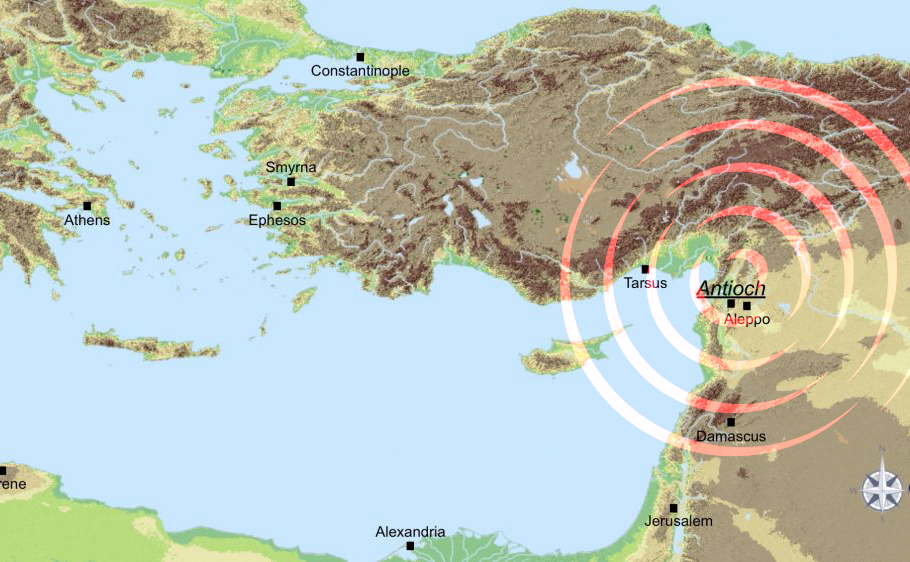
2/12) "While the emperor was stationed in Antioch, a terrible earthquake struck. Many cities suffered injury, but Antioch was the most unfortunate of all. As Trajan was passing the winter there, many soldiers and many civilians had flocked to the city from all lands...
3/12) ..to present their lawsuits, embassies, business or just for sightseeing, so there was no nation of people that went unscathed by the earthquake. In Antioch, the whole Roman world suffered disaster. First there came a sudden, great bellowing roar, and this was followed by.. 

4/12) ..a tremendous shaking. The whole earth was upheaved, and buildings leaped into the air only to collapse and be broken in pieces, while others were tossed this way and that as if by the surge of the sea, and overturned, and the wreckage spread out over a great extent..
5/12) The crash of grinding and breaking timbers together with tiles and stones was most frightful; and an inconceivable amount of dust arose, so that it was impossible for one to see anything or to speak or hear a word. As for the people... 

6/12) ..many even who ran outside the houses were hurt, being snatched up and tossed violently about and then dashed to the earth as if falling from a cliff; some were maimed, others killed. The number of those who were trapped in the houses and perished was beyond finding out..
7/12) ..multitudes were killed by the falling debris, and great numbers were suffocated in the ruins. Those who lay with a part of their body buried under the stones or timbers suffered terribly, able neither to survive nor to find an immediate death.. 

8/12) The reigning consul Marcus Pedo Vergilianus, who was staying with Trajan in the city, was killed at once. The gods continued the earthquake for several days and nights, with many more crushed and perishing in that time... 

9/12) Some survived the quake only to die of thirst in the clear spaces between timbers or a vaulted colonnade. Eventually, when the evil subsided, a rescuer among the ruins shouted out that they had caught sight of a survivor. A woman, still alive. But she was not alone..
10/12) She also had a newborn baby - and she had survived by feeding both herself and her child with her milk. They dug her out and resuscitated her together with her babe, and after that they searched the other heaps.. 

11/12) They were not able to find any other survivors except one more child still suckling at the breast of its mother, who was dead. As they pulled out the bodies from the rubble, the rescuers could feel no pleasure at their own survival.
12/12) Trajan had escaped through a window when the quake struck. Some divine being must have come to him and led him forth, so that he escaped with only a few slight injuries; and as the shocks extended over several days, he lived outdoors with survivors in the hippodrome." 

- Cassius Dio (68, 24-25)
The 115 Antioch earthquake seems to have had roughly the same epicentre and estimated magnitude (7.5) as Monday's tragic Turkey-Syria earthquake.
The 115 Antioch earthquake seems to have had roughly the same epicentre and estimated magnitude (7.5) as Monday's tragic Turkey-Syria earthquake.

• • •
Missing some Tweet in this thread? You can try to
force a refresh








